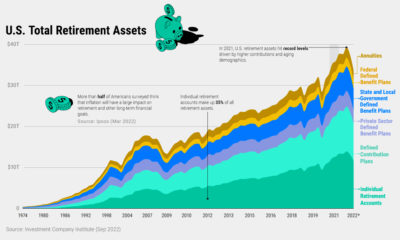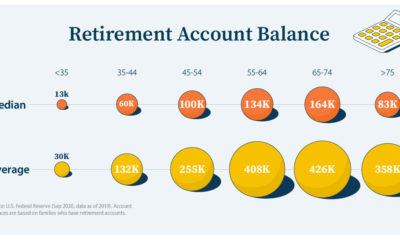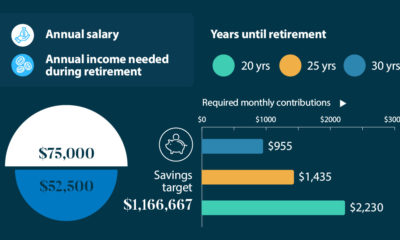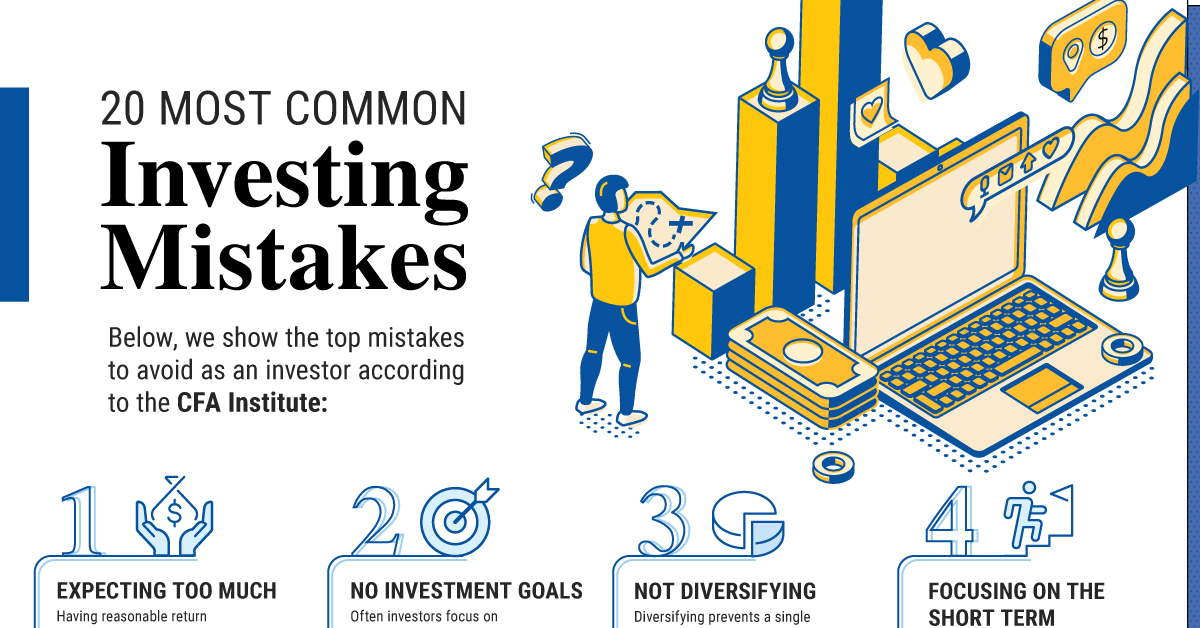This infographic is available as a poster.
How to Optimize Retirement Plan Design for Your Client
More than ever, retirement plans are looking at an employee’s entire retirement picture.
In line with this trend, advisors are offering personalized services to help people reach their goals. But as retirement plans begin to expand their products and services, unidentified gaps remain in employees’ retirement needs.
To help advisors identify these disconnects, this infographic from New York Life Investments shows the key priorities across both employees and their employers to help optimize retirement plan design.
Are People Achieving Their Retirement Vision?
Today, retirement is an issue that can no longer be ignored.
Nearly 70% of Americans say the country faces a retirement crisis and 54% are worried about a financially secure retirement. Making matters worse, the pandemic has led one in three workers to rethink their retirement timeline.
To look deeper into retirement plan design, NYL Investments partnered with RTI Research, surveying 800 people:
- 500 Plan Participants: Employees with 401(k)/ 403(b) plans
- 150 Plan Sponsors: Companies offering 401(k) plans
- 150 Plan Providers: Advisors providing 401(k) services
Here are the results they found.
Preparedness for Retirement
Two structural trends—lack of savings and not having access to a retirement plan at work—are impacting retirement readiness today.
By a significant margin, the survey found that men (45%) feel more prepared for retirement than women (30%), which may be explained by historically higher earnings.
How does retirement preparedness break down by age group?
| Age | Very Well Prepared | Somewhat Prepared | Not Very Well Prepared |
| 20s | 45% | 23% | 21% |
| 30s | 42% | 44% | 14% |
| 40s | 30% | 41% | 29% |
| 50s | 34% | 38% | 28% |
| 60s | 37% | 53% | 9% |
| Average | 37% | 42% | 21% |
On average, 37% of employees felt very prepared. Despite those in their 40s often hitting their highest-earning potential, employees in this age bracket felt the least prepared.
Retirement Plan Features
What aspects of their retirement plan did survey participants feel very satisfied with?
| Feature | % Who Feel Very Satisfied | Somewhat Prepared | Not Very Well Prepared |
| Employer commitment to retirement preparedness | 58% | 23% | 21% |
| Plan provider | 62% | 44% | 14% |
| Plan performance | 58% | 41% | 29% |
| Ease of account management | 66% | 38% | 28% |
| Number of investment options given | 58% | 53% | 9% |
Compared to other variables, participants felt most satisfied with the ease of account management of their retirement plan along with their plan provider.
Retirement Plan Design: 3 Key Priorities
When it comes to actual planning for retirement, what were the three most important factors among participants?
- Right balance of growth & risk in portfolio: 84%
- Saving enough for retirement: 86%
- Work-life balance: 87%
Interestingly, the importance of work-life balance increased with age.
While 78% of people in their 20s said this was very important, it increased to 92% of people in their 50s. The same pattern emerged for having enough savings for retirement. Over 75% of people in their 20s said this was extremely important. For those in their 50s, this jumped to 96%.
Retirement Plan Design: 3 Gaps
Let’s now look at some of the biggest gaps in retirement plan design. Here is where participants were least satisfied with their plan provider:
| Service | % Satisfied |
| Managing the cost of healthcare | 53% |
| Having a roadmap to ensure I’m doing the “right thing” to plan for retirement | 57% |
| Working to get out of debt | 67% |
As the above findings suggest, not only are participants looking for guidance with their 401(k) investments, they are looking for personal financial advice on managing debt and healthcare costs.
These gaps make sense: the U.S. has the highest healthcare costs in the world, averaging $12,500 per person per year or three times higher than the OECD country average.
The Employer’s Perspective
Let’s now take a look at how employers viewed retirement plan design.
Retirement Plan Design: Key Priorities
Across all firms, what were the three most important factors for their employees?
- Managing the cost of healthcare: 90%
- Saving enough for retirement: 85%
- Work-life balance: 85%
Both employers and employees alike placed saving enough for retirement near the top.
Retirement Plan Design: 3 Gaps
Which services do employers offer the least?
| Service | % Offered |
| Working to get out of debt | 23% |
| How to access Social Security and other retirement accounts | 33% |
| Saving enough for retirement | 34% |
Interestingly, while 85% of employers place saving enough for retirement as a key priority, the vast majority of employers don’t offer these services in retirement plans.
To address these gaps, advisors can create a well-thought-out financial wellness program for employers that bridges the disconnect.
Understanding the Disconnect
Over the last five years, retirement plans that offer advice have risen 44%.
The evidence is clear: employers value providing their employees personalized advice. Here are some key insights on providers, and where the disconnects lie.
Plan Providers: Key Disconnects
While 93% of all plan providers surveyed offer advisory services, just 62% offered services that were educational.
Meanwhile, younger advisors felt employees had stronger financial literacy and knowledge of retirement services compared to more tenured advisors by a wide margin. A similar trend followed for advisors at smaller plan providers versus larger firms.
However, more tenured advisors at larger firms were more likely to offer in-person consultations at the workplace. The same was true for providing employees with information to make more informed investment decisions.
Next, while some of the largest disconnects from participant and employer needs center around managing debt and healthcare costs, the majority of plan providers don’t offer them:
| 3 Gaps in Providers | % Offer Service |
| Working to get out of debt | 35% |
| Managing cost of healthcare | 29% |
| Work-life balance | 34% |
Importantly, new opportunities arise when advisors connect with participants and employers in areas that matter most.
Optimizing Retirement Plan Design
When employees and sponsors are active participants in their retirement journey, advisors can provide human-centered advice, personalized skills, and holistic planning models.
Based on the above findings, advisors can strategically enhance retirement plan design to align with participants’ and employers’ financial needs.


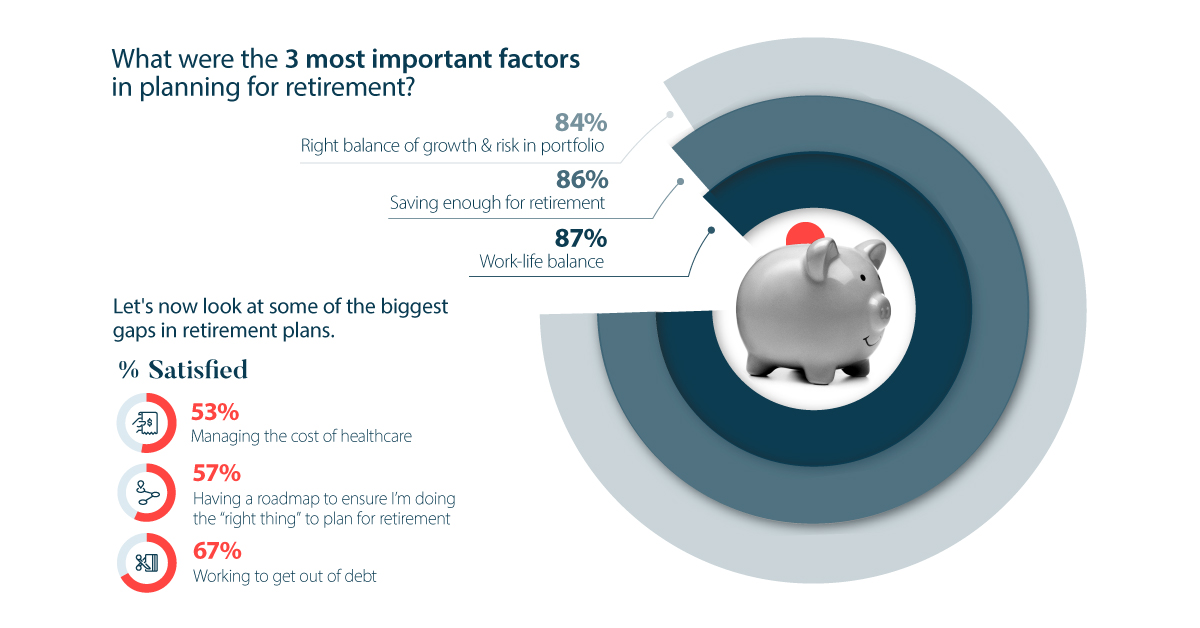

 Infographics2 years ago
Infographics2 years ago
 Markets in a Minute2 years ago
Markets in a Minute2 years ago
 Markets in a Minute2 years ago
Markets in a Minute2 years ago
 Infographics2 years ago
Infographics2 years ago
 Markets in a Minute1 year ago
Markets in a Minute1 year ago
 Infographics3 years ago
Infographics3 years ago
 Markets in a Minute2 years ago
Markets in a Minute2 years ago
 Infographics1 year ago
Infographics1 year ago

